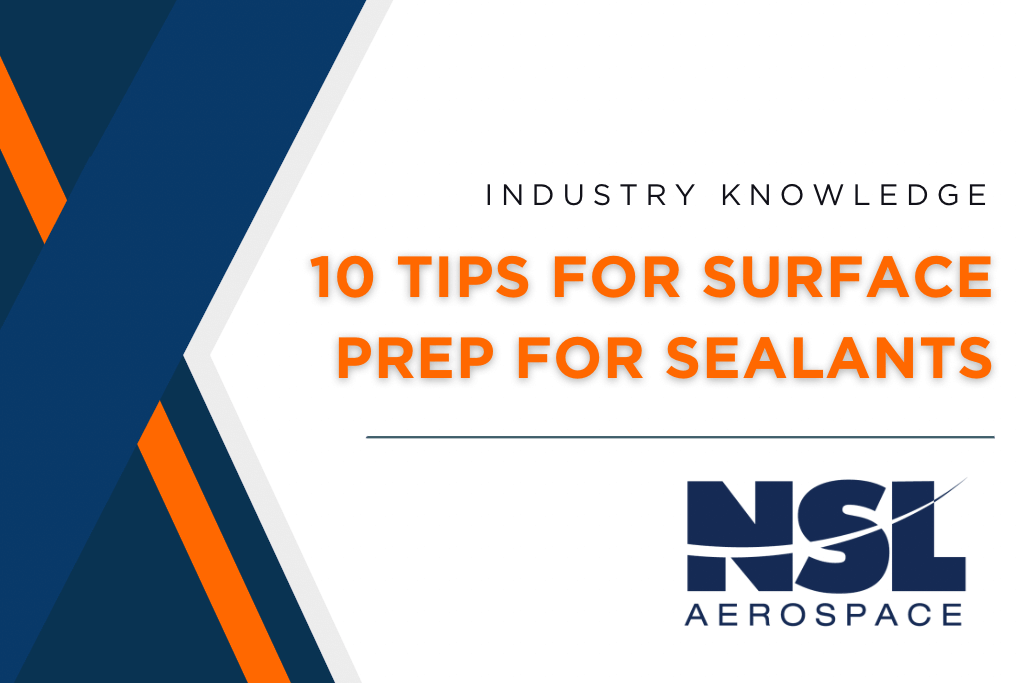
We get lots of questions about two-part sealants and how to use them correctly. This page is designed to act as a sort-of FAQ and guide to help our customer. We welcome any further questions.
Surface preparation for two-part sealants
To obtain good adhesion, the surfaces must be:
1. Thoroughly dry
2. Free of all traces of contamination, including dirt, oils, and other contaminants
3. Be sure to use a surface cleaner that is safe to use with your product. If a primer is required, refer to the tech data sheet for specific instructions.
Mixing two-part sealants
4. Any two-part products should be thoroughly mixed by hand or with a mechanical mixer.
5. Be careful when mixing a kit with a mechanical mixer, particularly a hand drill. Be sure to only use low speeds. If mixed at high speeds, internal heat will be generated and reduce the amount of time you have to apply the sealant.
6. Don't forget the rule of thirds to ensure even dispersion of the catalyst, insert ⅓ of the catalyst into ⅓ of the base at the top, midpoint, and bottom of the cartridge.
7. To mix the catalyst and base together evenly, simultaneously twist the mixing rod clockwise while pumping it repeatedly from the top to the bottom of the cartridge until you have an even distribution.
8. Even distribution of catalyst and base can be gauged by the uniformity of the color.
Applying two-part sealants
9. Class A products are flowable and easily applied with a brush. Class B products are pastes that are best applied with an extrusion gun, putty knife, spatula, or any other available tool appropriate to handle the viscosity of the sealant. Class C products are best applied with a roller or flat edge.
10. Consider the humidity and temperature when you're applying the sealant. Both factors can affect your cure time.
We hope this helps. Feel free to reach out for clarification or other questions.
